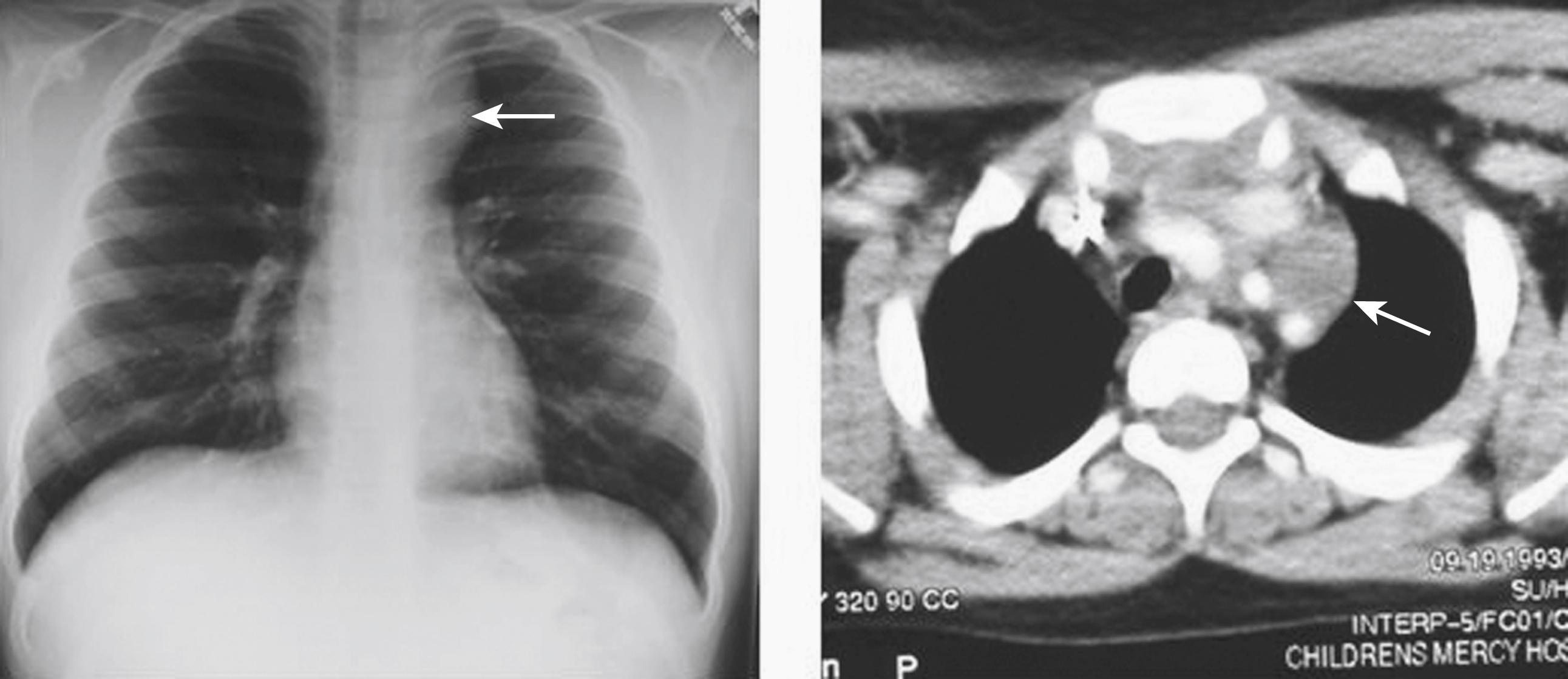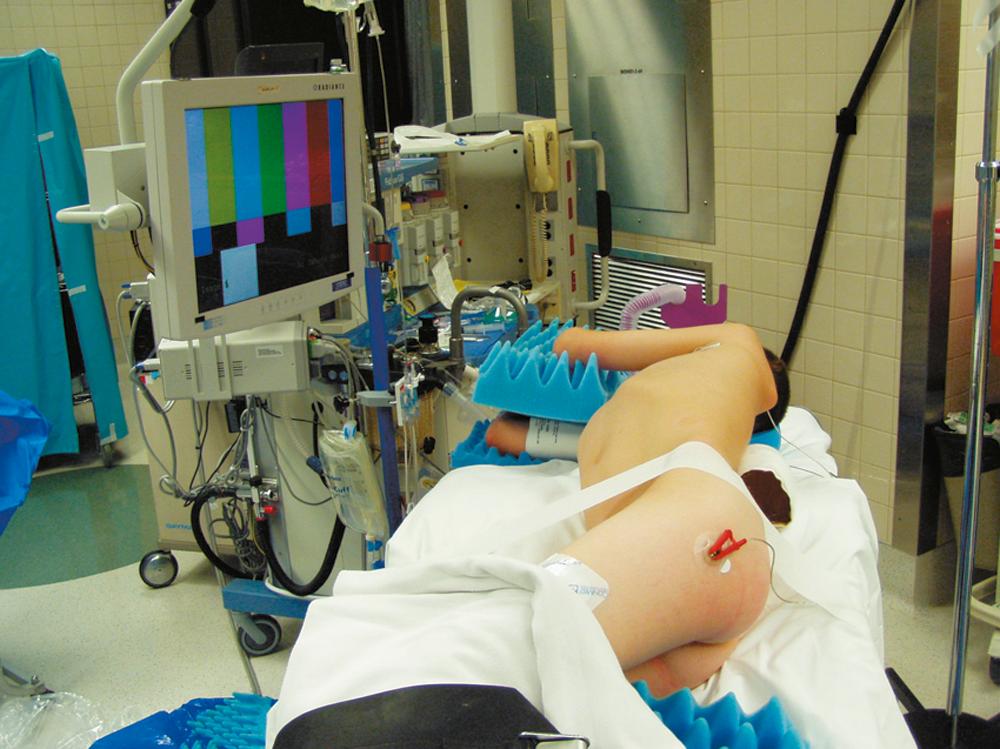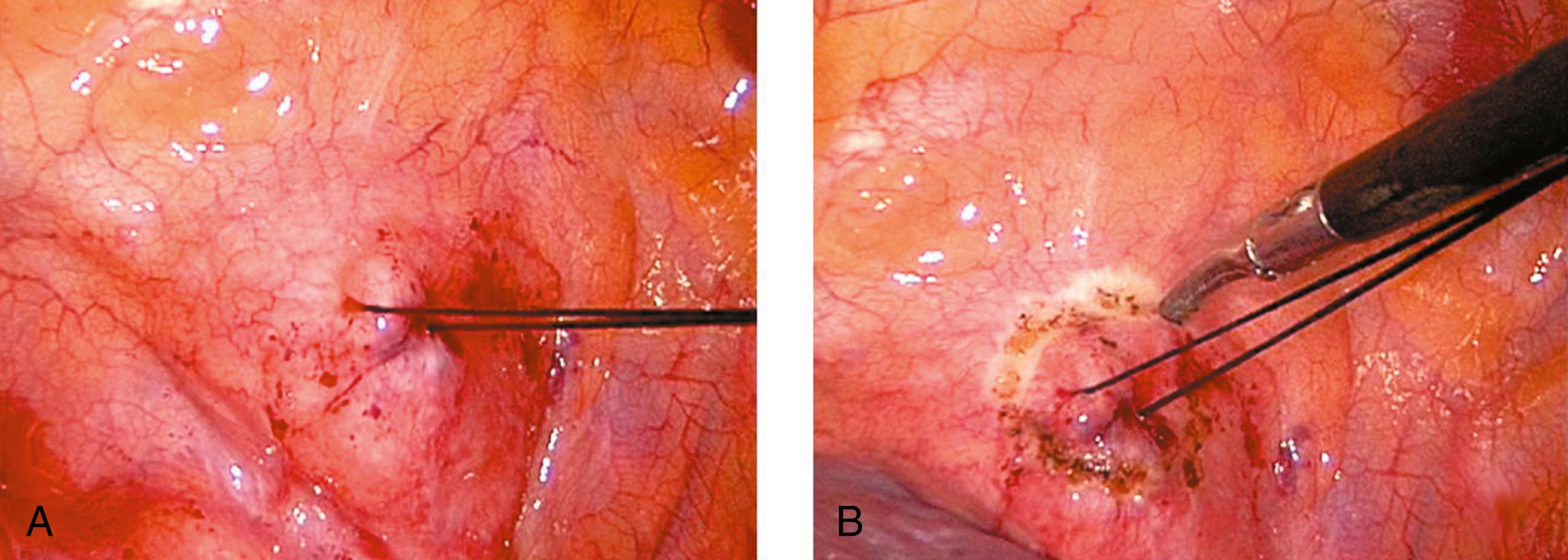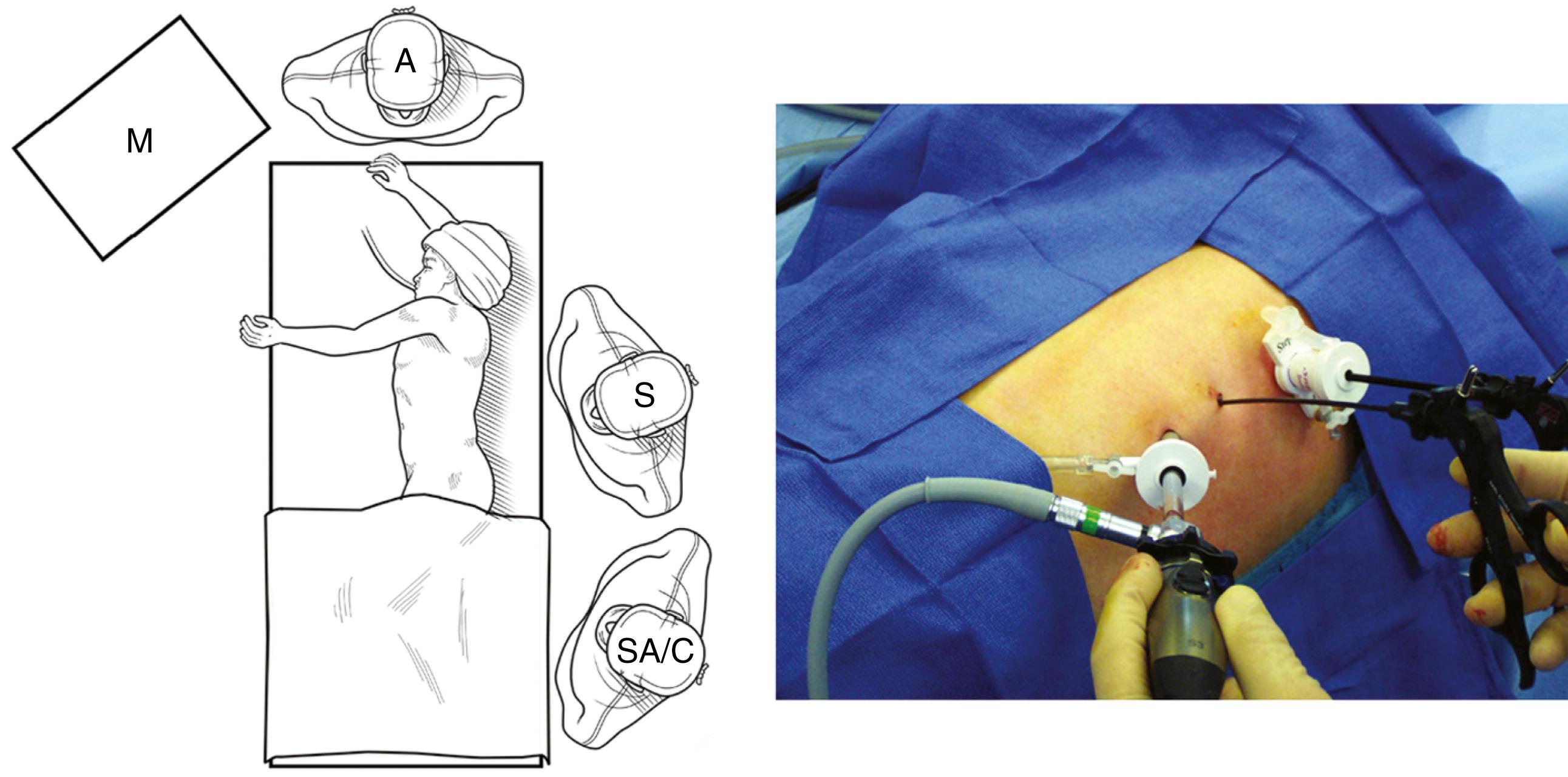Physical Address
304 North Cardinal St.
Dorchester Center, MA 02124
![]() Access the accompanying videos for this chapter online. Available on ExpertConsult.com.
Access the accompanying videos for this chapter online. Available on ExpertConsult.com.
Management of anterior and middle mediastinal masses in children often depends on obtaining tissue for diagnosis. Conversely, most posterior mediastinal masses require resection. Historically, several modalities have been available, including percutaneous fine-needle aspiration, mediastinoscopy, mediastinotomy, thoracotomy, and sternotomy. In recent years, the indications for thoracoscopy have expanded in adult and pediatric patients. Initial reports focused on biopsying pulmonary masses and debriding empyemas. With improved video technology and finer instrumentation, thoracoscopy can now be used for many thoracic conditions, including suspicious mediastinal masses.
Mediastinal masses are often identified incidentally. However, 40% of primary masses are malignant. They may be detected on routine chest radiographs, computed tomography scans, or magnetic resonance imaging ( Fig. 36-1 ). Three-dimensional reformats may better assess the origin and extent of disease, and thus enhance operative planning. The anatomic location of the mediastinal mass is often suggestive of the specific pathology. Posterior mediastinal calcifications may be seen in neuroblastoma, whereas calcium deposits in the anterior mediastinum are often seen with germ cell tumors.

Preoperatively, consideration should be given to the child’s ability to tolerate single-lung ventilation. There is no single test to predict this, but clinical experience has shown that collapse of the ipsilateral lung is tolerated in most children. At the same time, a large anterior mediastinal mass must raise concern about overwhelming tracheal compression when general endotracheal anesthesia is administered, especially in the supine position. Therefore, preoperative anesthesia evaluation is very important.
General anesthesia is induced in the supine position. The anesthetic technique varies according to patient size, pulmonary status, and required exposure. Single-lung ventilation is preferred. This can be accomplished with a double-lumen endotracheal tube in older children. The smallest double-lumen endotracheal tube (ETT) that is available currently is 27 Fr, which corresponds to a 6.0-internal-diameter single-lumen tube. In most instances, the patient needs to be older than 7 or 8 years to accept a double-lumen ETT. Selective intubation of the contralateral mainstem bronchus with a cuffed endotracheal tube is often successful. Moreover, insufflation with 6 to 10 mm Hg of CO 2 can help deflate the lung. A Fogarty or Swan-Ganz catheter can be used as a bronchial blocker, and bronchoscopy can facilitate optimal placement (see Chapter 30 for additional information).
The importance of proper positioning cannot be overemphasized. The child is situated so as to allow the lung to fall away dependently after collapse, thus allowing maximal mediastinal visualization. Thus, apical lesions may be more easily visualized in a reverse Trendelenburg position. The opposite would be true for diaphragmatic lesions. The operating table may be gently flexed at the iliac crests to enlarge the intercostal spaces ( Fig. 36-2 ). Anterior mediastinal masses are best approached with the patient in a modified supine position and posterior mediastinal masses are best seen with the patient in a modified prone position (see Fig. 30-4 ). A bean bag may be required to support larger patients. Cushioning should be placed along joints and pressure points. The patient is prepped and draped as for a standard lateral thoracotomy. The surgeon and assistant stand at the patient’s back with the monitor opposite them ( Fig. 36-3A ).



Become a Clinical Tree membership for Full access and enjoy Unlimited articles
If you are a member. Log in here